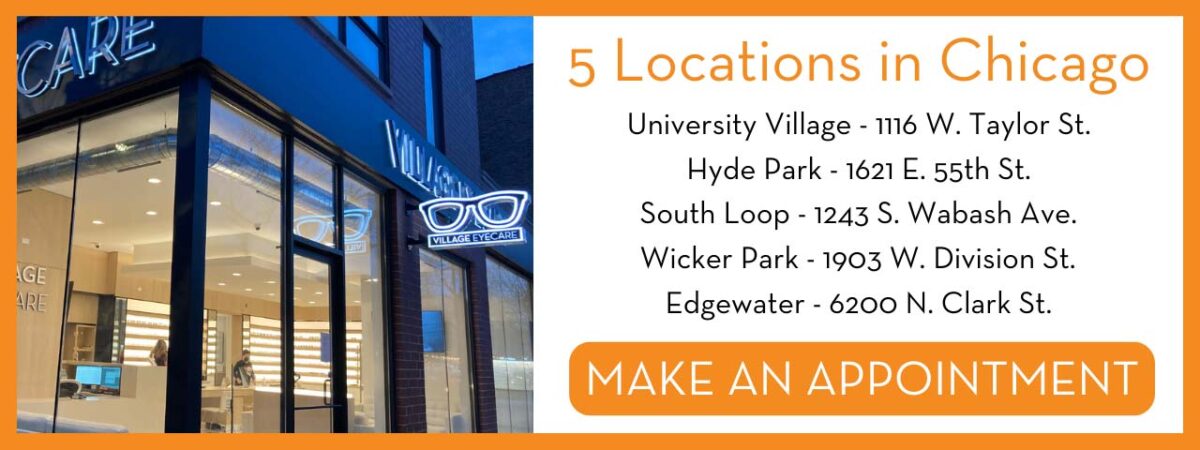Trusted Eye Doctors in Andalusia: Your Vision Health And Wellness Professionals
Trusted Eye Doctors in Andalusia: Your Vision Health And Wellness Professionals
Blog Article
Understanding the Various Vision Correction Procedures Available for Clearer View
In the realm of vision modification procedures, a plethora of alternatives exist to resolve refractive mistakes and give individuals with clearer view. From the extensively recognized LASIK surgery to much less invasive procedures like PRK and implantable lenses, the field of ophthalmology uses a series of methods tailored to suit different needs and preferences. Each procedure includes its own collection of factors to consider, advantages, and potential dangers. Comprehending the subtleties of these vision correction techniques is crucial for making informed choices concerning one's aesthetic health and wellness. Let's check out the details of these procedures and shed light on the course to attaining boosted vision quality.
LASIK Surgery
LASIK surgical treatment is a common refractive treatment utilized to fix vision troubles such as astigmatism, nearsightedness, and farsightedness. This medical method, which stands for Laser-Assisted in Situ Keratomileusis, intends to improve the cornea to improve exactly how light is concentrated on the retina, inevitably improving vision clearness.
Among the main advantages of LASIK surgical procedure is the quick enhancement in vision experienced by patients. Many people see a significant improvement in their vision instantly after the procedure. Additionally, a lot of clients report minimal discomfort and discomfort during the surgical procedure and recuperation duration. The recuperation time for LASIK is fairly fast, with many people returning to their everyday activities within a day or more post-operation. Generally, LASIK surgical treatment is a preferred option for people seeking a lasting solution for their vision problems.
PRK Procedure

PRK is an appropriate option for people with thin corneas or those at a greater threat of eye injuries, as it does not entail developing a corneal flap. The recuperation procedure for PRK is a little longer compared to LASIK, as the epithelium requires time to restore. Clients may experience discomfort and fuzzy vision for a few days complying with the treatment.
Despite the longer recuperation time, PRK can generate outstanding cause vision renovation, making it a beneficial option for those that may not appropriate prospects for LASIK surgical procedure. - Andalusia Pediatrics
Implantable Lenses
Unlike PRK where the cornea is improved directly, implantable lenses use an additional approach for fixing vision by putting synthetic lenses inside the eye. This treatment is particularly valuable for people with high degrees of nearsightedness, farsightedness, or astigmatism who might not appropriate prospects for laser surgeries like LASIK or PRK.
Implantable lenses, likewise referred to as phakic intraocular lenses, work by supplementing the eye's natural lens with an artificial one. These lenses can be put in front of the all-natural lens (former chamber) or behind the iris and before the natural lens (posterior chamber) By readjusting the power and positioning of these lenses, ophthalmologists can effectively fix refractive mistakes and improve aesthetic acuity.
One benefit of implantable lenses is that they are removable and exchangeable, offering flexibility for future adjustments. As with any medical treatment, there more information are dangers entailed, such as infection or cataract development. People considering implantable lenses ought to speak with an eye treatment specialist to identify the most appropriate choice based upon their specific requirements and eye health.
Corneal Rings

The procedure for inserting corneal rings is relatively quick and minimally invasive, commonly done as an outpatient treatment. During the surgery, the eye doctor makes a small incision in the cornea and inserts the rings at a specific deepness. When in area, the rings assist to reshape the cornea, supplying a smoother surface area for light to go into the eye, which find more can result in clearer vision.
Corneal rings are considered a reversible procedure, as they can be removed or replaced if needed. While they might not completely get rid of the requirement for glasses or get in touch with lenses, corneal rings can substantially boost vision top quality and overall visual comfort for people with keratoconus or other corneal irregularities.
Refractive Lens Exchange
Following the adjustment of corneal irregularities with treatments like corneal rings, an additional vision modification method that can resolve refractive mistakes is Refractive Lens Exchange (RLE) RLE is a surgery that involves replacing the eye's natural lens with a synthetic intraocular lens (IOL) to fix refractive mistakes such as presbyopia, farsightedness, and nearsightedness. This procedure is specifically helpful for individuals who might not appropriate prospects for treatments like LASIK or PRK as a result of aspects such as slim corneas or high refractive mistakes.
Recovery time for RLE is fairly fast, and patients can anticipate enhanced vision soon after the procedure. As with any medical treatment, prospective threats and issues exist, so an extensive examination with an eye care professional is crucial to identify if RLE is the ideal vision correction choice.
Verdict

In the world of vision modification procedures, a plethora of choices exist to address refractive errors and provide individuals with clearer view.LASIK surgical procedure is an usual refractive procedure utilized to deal with vision issues such as astigmatism, farsightedness, and nearsightedness.While additionally a common refractive treatment, the my website PRK (Photorefractive Keratectomy) technique differs from LASIK surgical treatment in its strategy to remedying vision issues.Complying with the modification of corneal irregularities with procedures like corneal rings, one more vision modification technique that can attend to refractive errors is Refractive Lens Exchange (RLE) LASIK surgery, PRK treatment, implantable lenses, corneal rings, and refractive lens exchange are all alternatives that can resolve various vision problems.
Report this page